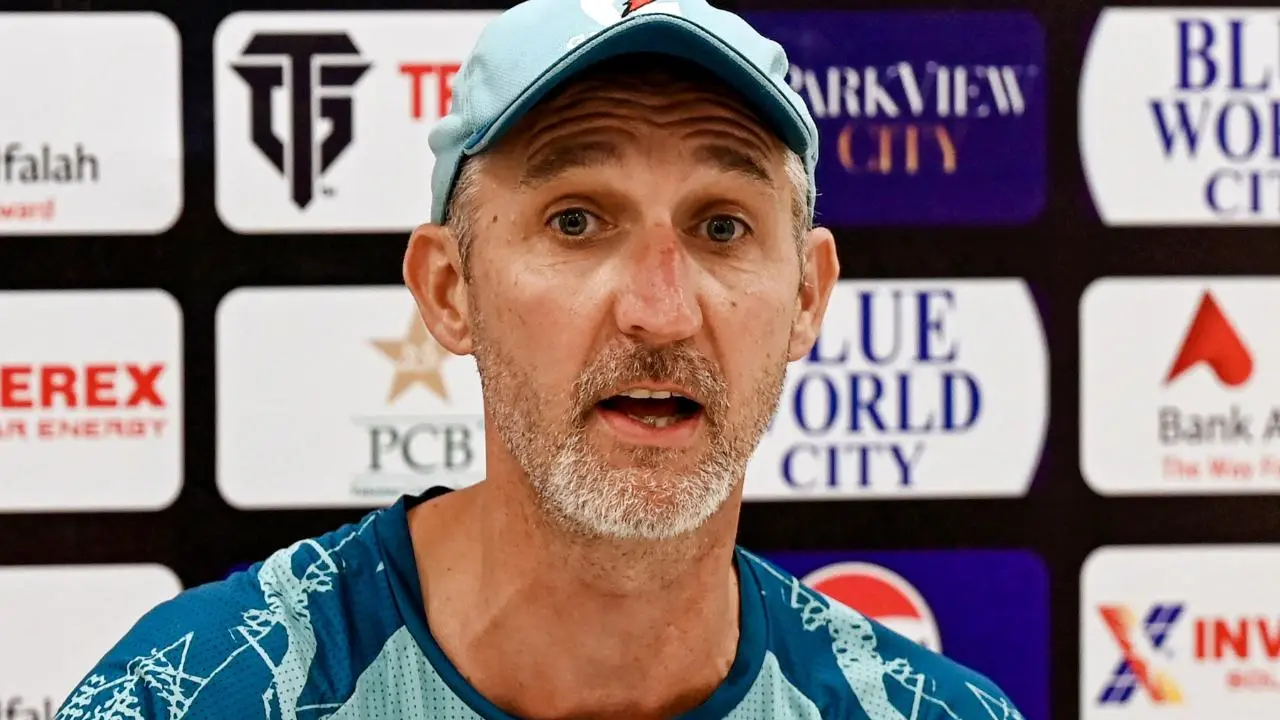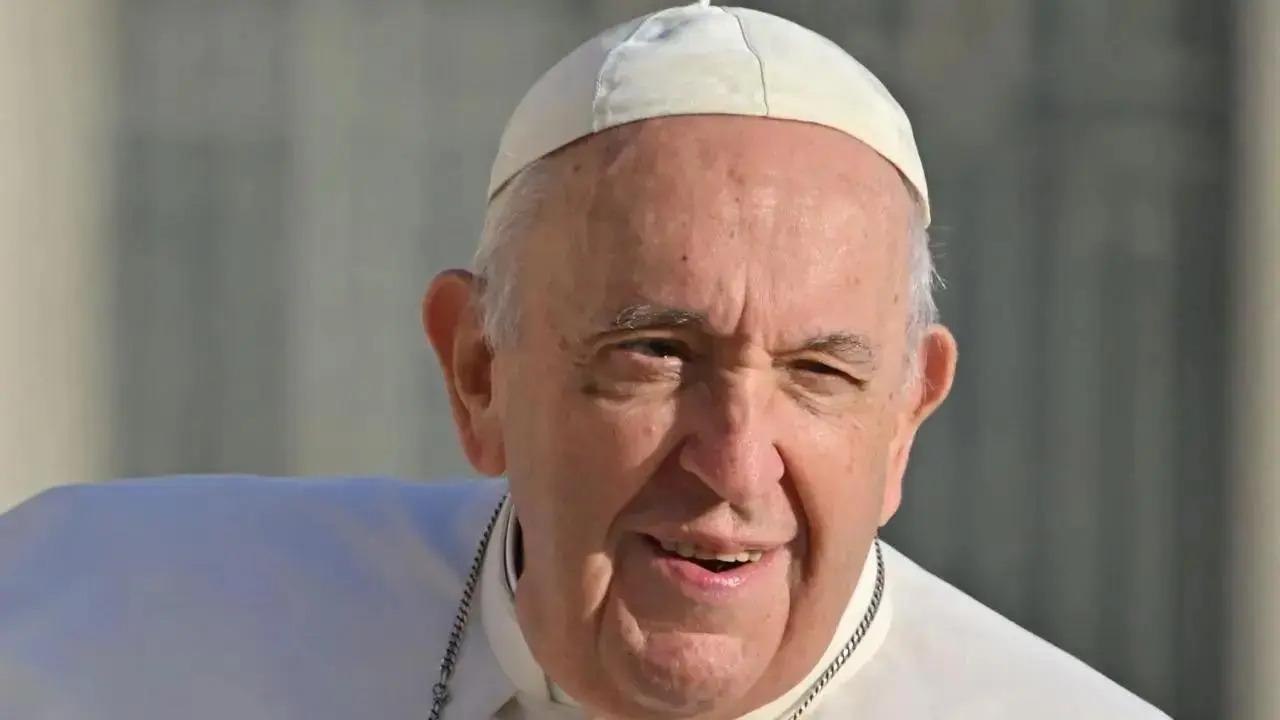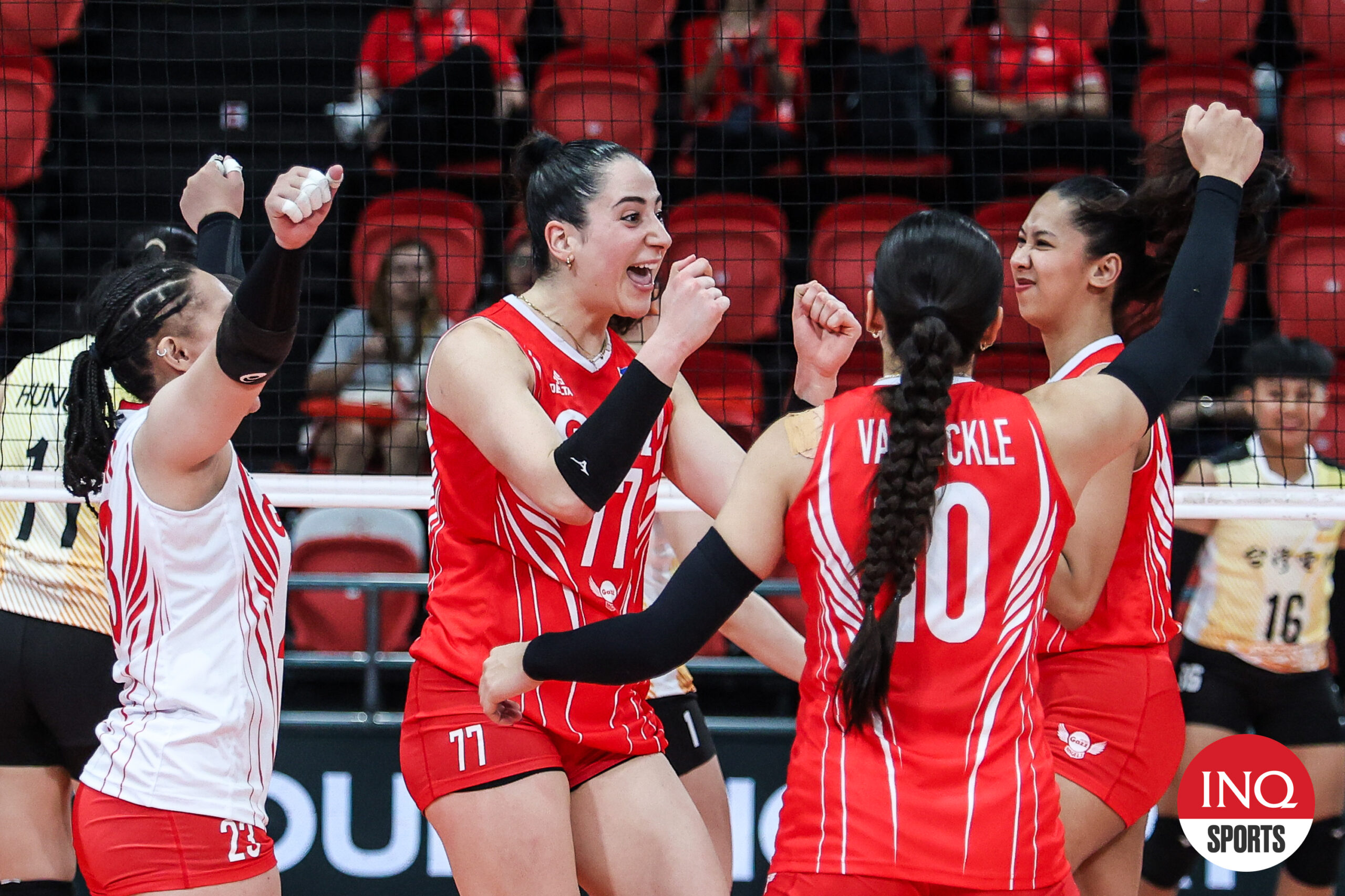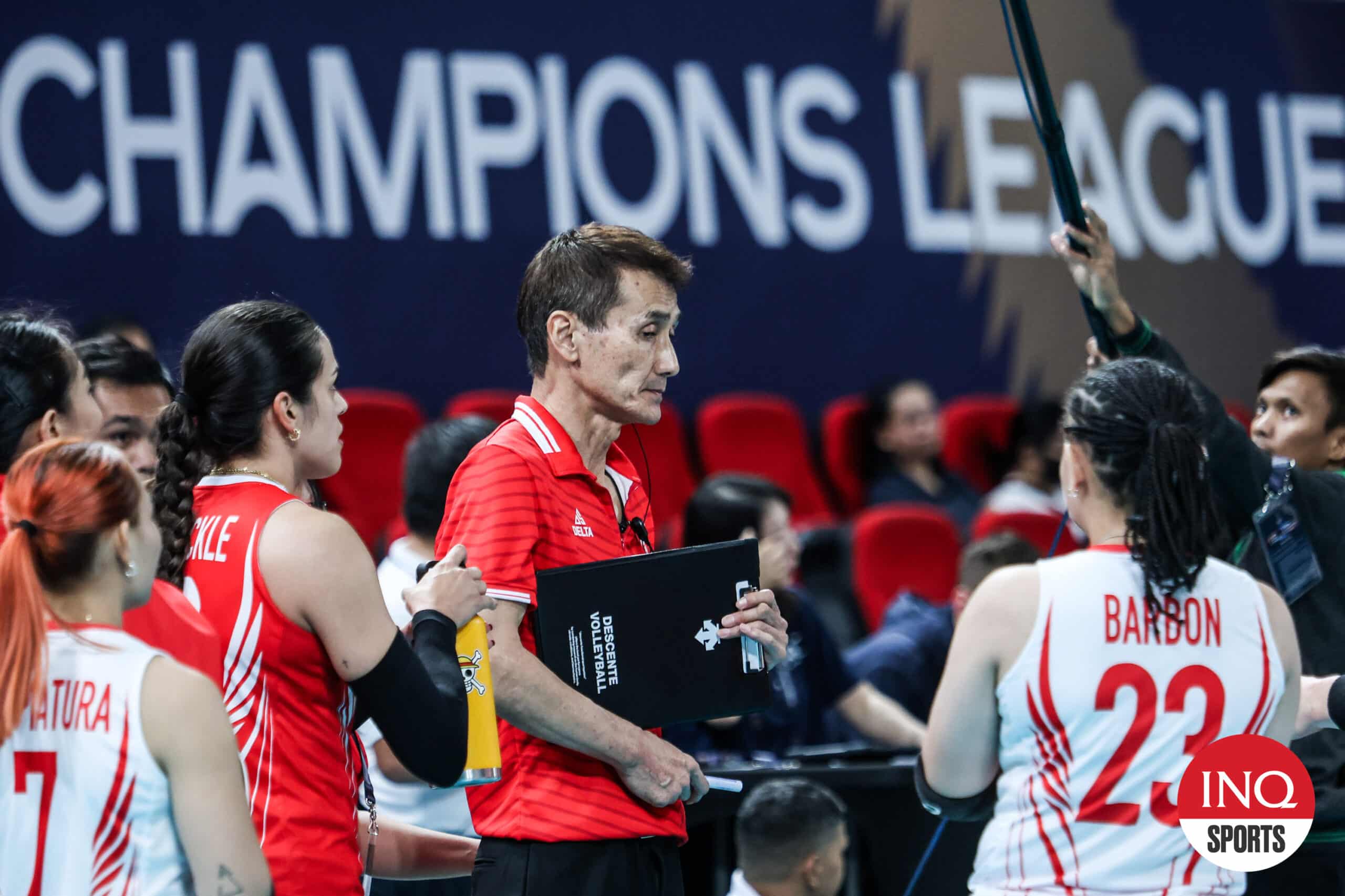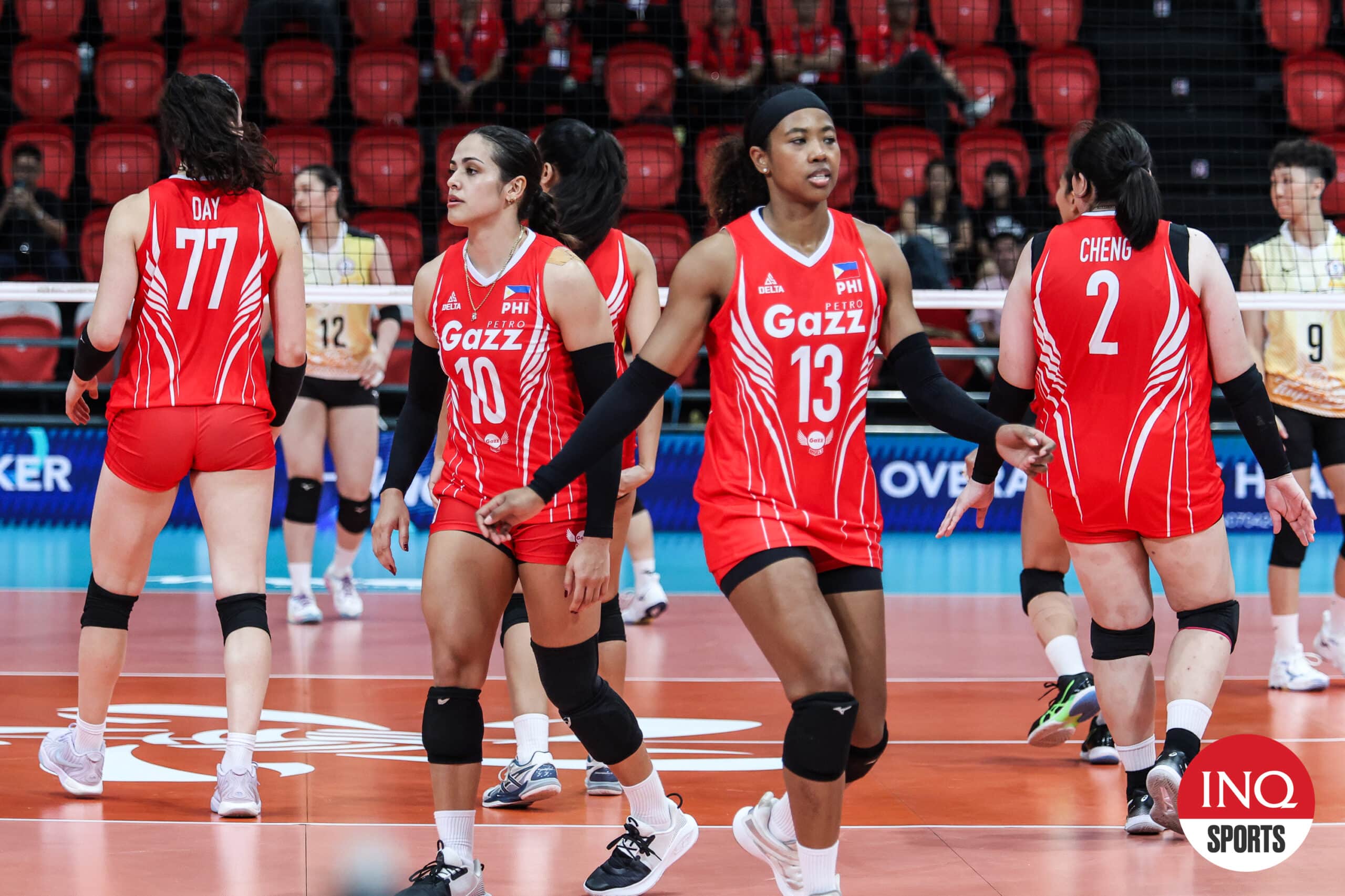When Bruce Boudreau needed to hire an assistant coach for the Anaheim Ducks in 2014, one of his top candidates was already inside the organization. Trent Yawney was running the bench for the Ducks’ AHL affiliate in Norfolk, Va. He had a strong résumé: He had been an NHL head coach in Chicago and an assistant in San Jose and had plenty of experience in the AHL, too.
Boudreau was struck by Yawney’s knowledge and passion and, in his interview, found him to be “dead-on in his thought process.” Advertisement But Yawney also had one more thing going for him — an endorsement from one of Boudreau’s old AHL roommates, who just so happened to be Yawney’s most recent NHL boss: San Jose head coach Todd McLellan. “I phoned Todd, and I said, ‘Todd, would you hire Trent again?’ ” Boudreau recalled, noting that Yawney had left the Sharks three years prior.

“And he said, ‘In a heartbeat. I would do it right away.’ ” Boudreau hired Yawney.
Quickly, it proved to be the right call. Yawney walked into the perfect situation. Boudreau’s Ducks were already a good team, with an especially intriguing collection of young defensemen, many of whom Yawney had coached in Norfolk.
There was Cam Fowler, who had established himself in the league already but still had yet to turn 23. There was Sami Vatanen, who had just turned 23 and was beginning to prove he was a full-timer in the NHL. There was Hampus Lindholm, a 21-year-old who was the sixth pick in the 2012 draft.
On the way were Josh Manson and Shea Theodore. And just days after they hired Yawney, the Ducks used a second-round pick to select Brandon Montour. Certainly, all of those players were talented.
Fowler and Lindholm were high first-round picks. Theodore was a late first-rounder. The team identified Manson, Montour and Vatanen with its good scouting work.
But trace Yawney’s path through the NHL, and that same story seems to repeat over and over. Duncan Keith and Brent Seabrook in Chicago. Marc-Édouard Vlasic in San Jose.
Darnell Nurse in Edmonton. A collection of unheralded prospects turned impactful regulars in Los Angeles. That list is full of players with differing styles, but Yawney helped all of them reach their potential.
“I think he’s good at communicating, pretty good especially with young guys about what’s expected of you, and I think he does a good job of just setting those expectations, and letting you know how you’re going to be successful (in) in the NHL,” said Hurricanes defenseman Sean Walker, who played for Yawney with the Los Angeles Kings. “Our time in L.A.
together, there were quite a lot of young D-men that came through during that time. Advertisement “It’s pretty cool to see all the guys that were there and where they are now.” Walker was an undrafted free agent who worked his way up with the Kings and signed a five-year deal in Carolina last offseason.
Matt Roy was a seventh-rounder who signed for six years in Washington. Mikey Anderson was a fourth-rounder who made himself a top-four staple. McLellan knows Yawney dating back to their junior hockey days, playing together for the WHL Saskatoon Blades.
And throughout his head coaching career, McLellan has done exactly what he told Boudreau he would do: hire Yawney again and again and again. When Yawney left Anaheim in 2018, McLellan brought him to Edmonton. Then, the two went together to Los Angeles.
“If Todd’s ever (getting) a head job somewhere,” Walker said, “it’s usually Yawns is with him.” So, when the Red Wings hired McLellan at Christmas to take over for Derek Lalonde behind the bench, it was hardly a surprise to see Yawney come with him. “Obviously, I wanted him here,” McLellan said.
“I felt like I needed him here.” Now, Detroit is hoping Yawney can help produce the same kind of results with its young stable of up-and-coming defensemen. That starts with the Red Wings’ high draft picks already playing big roles: 24-year-old Moritz Seider and 22-year-old Simon Edvinsson.
But Detroit has invested significant draft capital in defensemen since Steve Yzerman took over as general manager, and many of those young players are now entering or nearing the NHL. Albert Johansson, a 2019 second-round pick, is an NHL rookie who has found his footing in the second half of this season — after McLellan and Yawney arrived. William Wallinder and Shai Buium are also second-round picks who will soon be knocking on the door.
Axel Sandin-Pellikka, a 2023 first-rounder playing in Sweden, could be a Red Wings player as soon as next season. Advertisement When Detroit made its coaching change, Red Wings forward Patrick Kane thought back to his time in Chicago, where he played with Keith and Seabrook, and remembered the positive reviews he had heard from the two about Yawney. “I think Duncs, especially, said (Yawney) helped him develop in his career and develop his game for the pro level, and he was good for him,” Kane said.
“Had a lot of good things to say about him. So that’s kind of the first thing I thought about when he was coming here, and you know, obviously you see his communication with the ‘D,’ detail-oriented, I think he’s been good for that group, but also just for our whole team in general — the energy he brings and day-to-day basis conversations, being excited about being at the rink. He’s been great.
” In just over three months, the Red Wings’ young defensemen have already started to see what has made Yawney so effective. “I’ve never met a guy who’s so detailed about little things on the ice,” Seider said. “He’s very straightforward,” Edvinsson added.
“He knows what he wants from us, and we know what he expects from us. It’s good to have one of those guys behind you, to be dialed in every night.” Yawney’s eye for detail was a theme in talking to players who have played for Yawney.
It was the first thing mentioned by former Red Wing Olli Määttä, who played for Yawney in Los Angeles. Johansson talked about small details in defending the rush. Seider referenced keeping his stick on the ice when boxing out and what to read on the penalty kill.
Veteran Justin Holl mentioned getting the puck on the glass when you rim it around the offensive zone to keep the goaltender from breaking it up. “Some of the things that you might not think make a big difference but could lead to either playing in the D-zone or the O-zone for your shift,” Holl said. “It’s little things, but again, things that make a big difference.
” Advertisement That tracks with one of Boudreau’s biggest takeaways after working with Yawney. “Out of all the coaches I’ve had, he was the best I’ve had, that I’ve seen, at cutting up video and getting the nuances of the game,” Boudreau said. “From where your stick should be, to your positioning, to your feet and everything else.
And he could find clips of anything that you wanted. I used to get pretty awed by his ability to cut up video and explain it in a way that everybody understood.” Yawney played nearly 600 games in the NHL as a player, which surely helps.
But McLellan said Yawney is also “smart enough to understand that not everybody’s Trent Yawney. Everybody learns in a different way.” That speaks to how he’s been successful with a wide variety of players across eras and generational preferences.
McLellan said he thinks Yawney’s biggest strength is his support for his defensemen — not that he takes it easy on them. “It’s not always kumbaya and everything’s fine,” McLellan said. “He treats them like a father would and holds them accountable.
” Indeed, those who’ve worked with Yawney allude to a seriousness in that communication, using words like “direct,” “old-school,” and even “abrasive.” That’s not necessarily a negative. “You’ll definitely know if it hasn’t been up to the expectations,” Walker said.
“But that’s good, sometimes you need to hear that. ..
. I think coaches need to be direct and let players know, or else they think they’re doing fine, and you’re not going to get any better doing that.” “Doesn’t let anything slide as far as mistakes or positioning or stick placement,” Red Wings veteran defenseman Ben Chiarot added.
He stands behind his defensemen even when they’re not around. “When we get into the coaches’ room and (the other coaches) start b—-ing about a defenseman or something, there is support there,” McLellan said. “And I think the ‘D’ feels that.
” Advertisement After coming in midseason, there’s still a long road ahead for Yawney and his new defensemen in Detroit. In Seider and Edvinsson, he appears to have two pillars in his top four to build around. Johansson is showing promising signs, with Sandin-Pellikka — and plenty more prospects — on the way.
Time will tell what Yawney can help those players refine or unlock in their game. But if history is any indication, Detroit’s young defensemen seem to be in good hands. “He’s been excellent for the young guys,” Chiarot said.
“Being hard on them, honest with them. If someone’s game is slipping, he’s on top of it the next day. So I think he’s been great, especially for the young guys.
” (Top photo: Minas Panagiotakis / Getty Images).
Sports

Where Red Wings assistant coach Trent Yawney goes, top young defensemen grow

If history is any indication, Detroit's young defensemen seem to be in good hands.










